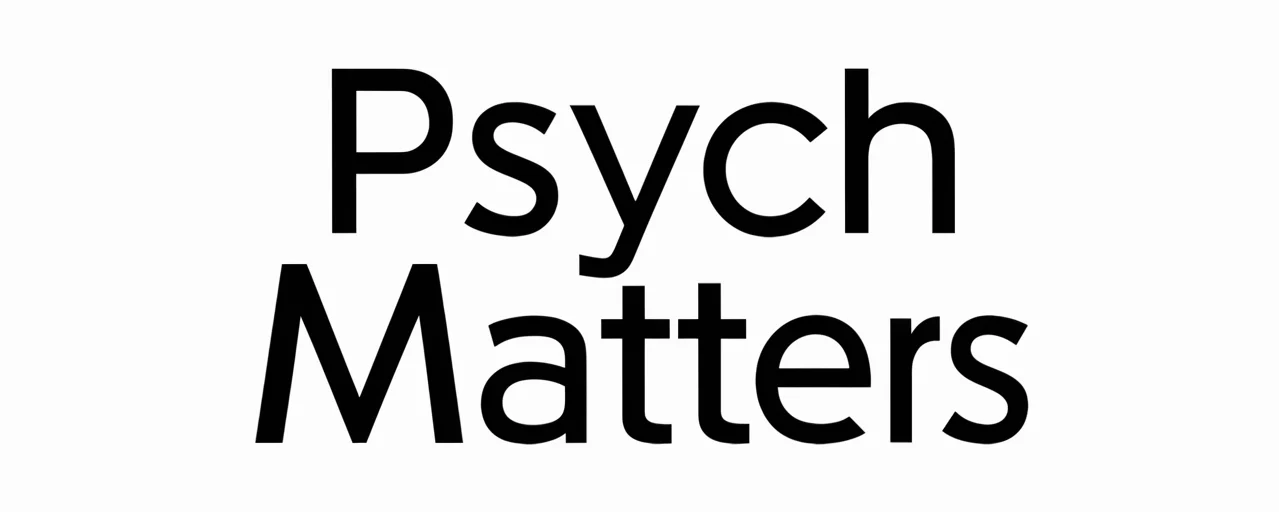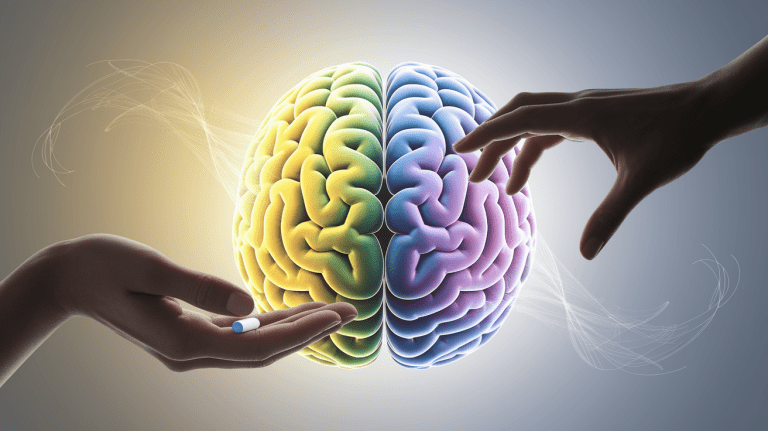Confronting Mortality: The Psychology of Death Anxiety and the Search for Meaning
Dancing with Shadows: Decoding Death Anxiety
Death anxiety, also known as thanatophobia, refers to the fear or apprehension about one’s own mortality or the death of others. It has been conceptualized as a multidimensional construct encompassing emotional, cognitive, and behavioral dimensions. As described in research on death anxiety, these dimensions include fear of dying, fear of non-existence, and worry about the loss of loved ones. Unlike general anxiety, death-related anxiety arises from our unique human capacity to conceptualize death as both an inevitable event and an abstract phenomenon.

This existential anxiety is often intertwined with cultural, spiritual, and philosophical outlooks, making individual experiences of death anxiety highly variable. From an evolutionary viewpoint, mortality awareness can help foster self-preservation behaviors, but in modern psychological contexts it may contribute to emotional distress and impaired mental health functioning.
Cognitive Foundations: How Our Minds Grapple with Mortality
Psychological models such as terror management theory (TMT) explore how mortality salience—reminders of death’s inevitability—affects human cognition and behavior. According to TMT, the knowledge of impending death generates existential dread, which can be managed by reinforcing cultural worldviews and increasing self-esteem.

Cognitive processes play a central role in shaping death anxiety. Attitudes, mental imagery, and deeply held beliefs about death influence how individuals emotionally and behaviorally respond to mortality reminders. For instance, thanatology research indicates that death-related thoughts often trigger psychological defense mechanisms such as avoidance or rationalization. These mechanisms may reduce the immediate discomfort but can also perpetuate a cycle of fear when avoidance prevents meaning-making or acceptance.
Finding Meaning: The Role of Meaning Systems in Death Anxiety
Meaning systems—personal and cultural frameworks that explain life and death—are central to moderating death anxiety. Existential psychology emphasizes the human drive to find purpose despite life’s impermanence. Research has shown that individuals with strong perceptions of life meaning experience lower levels of death anxiety.
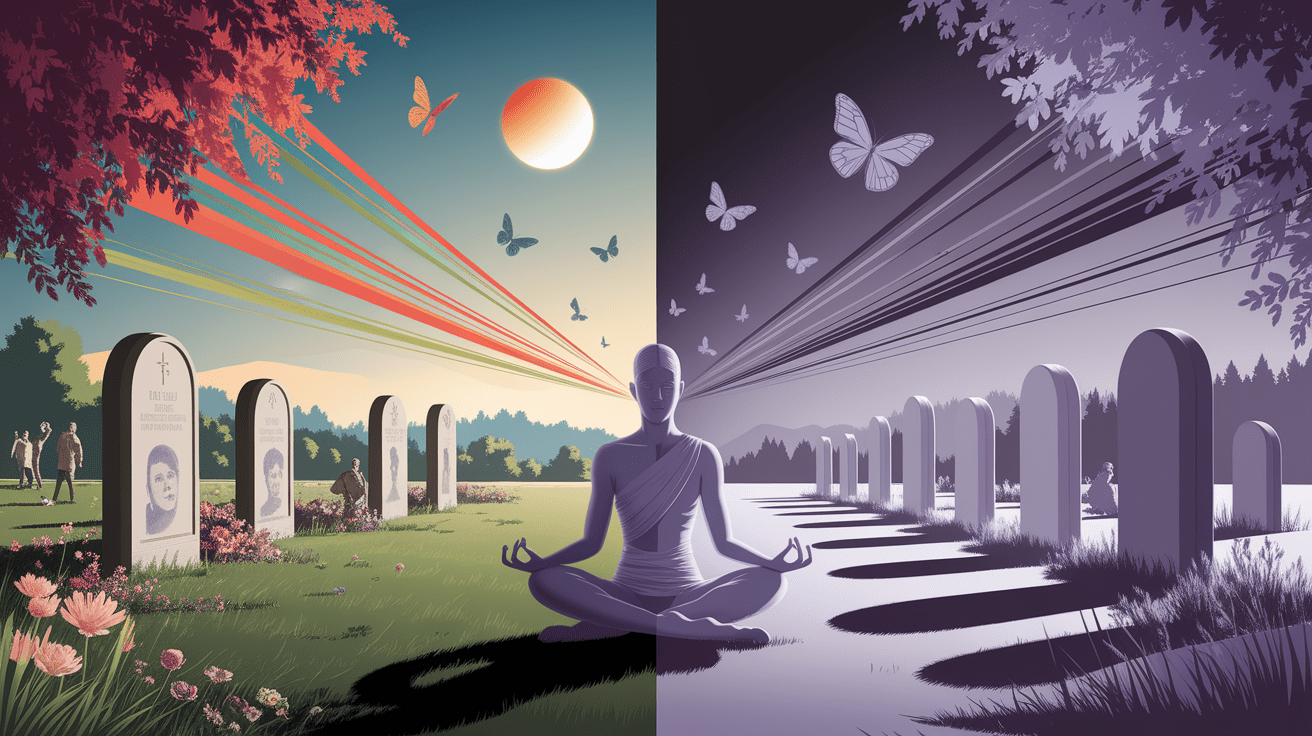
Religious and spiritual belief systems often provide narratives about what happens after death, offering comfort through concepts of continuity or afterlife. Conversely, in secular contexts, meaning can be derived from relationships, creative expression, or contributions to society. When meaning systems are disrupted, as in an existential crisis, mortality awareness can significantly increase distress, leading to symptoms such as intrusive thoughts about dying or feelings of purposelessness.
Measuring Fear: Tools to Assess Death Anxiety
Clinicians and researchers utilize psychometric tools to assess the severity and nature of death anxiety. One such validated instrument is the Death Anxiety Beliefs and Behaviours Scale (DABBS), which examines emotional affect, cognitive beliefs, and avoidance behaviors associated with death. The scale’s rigorous validation ensures that it reliably distinguishes between normative existential concerns and clinically significant death anxiety requiring intervention.
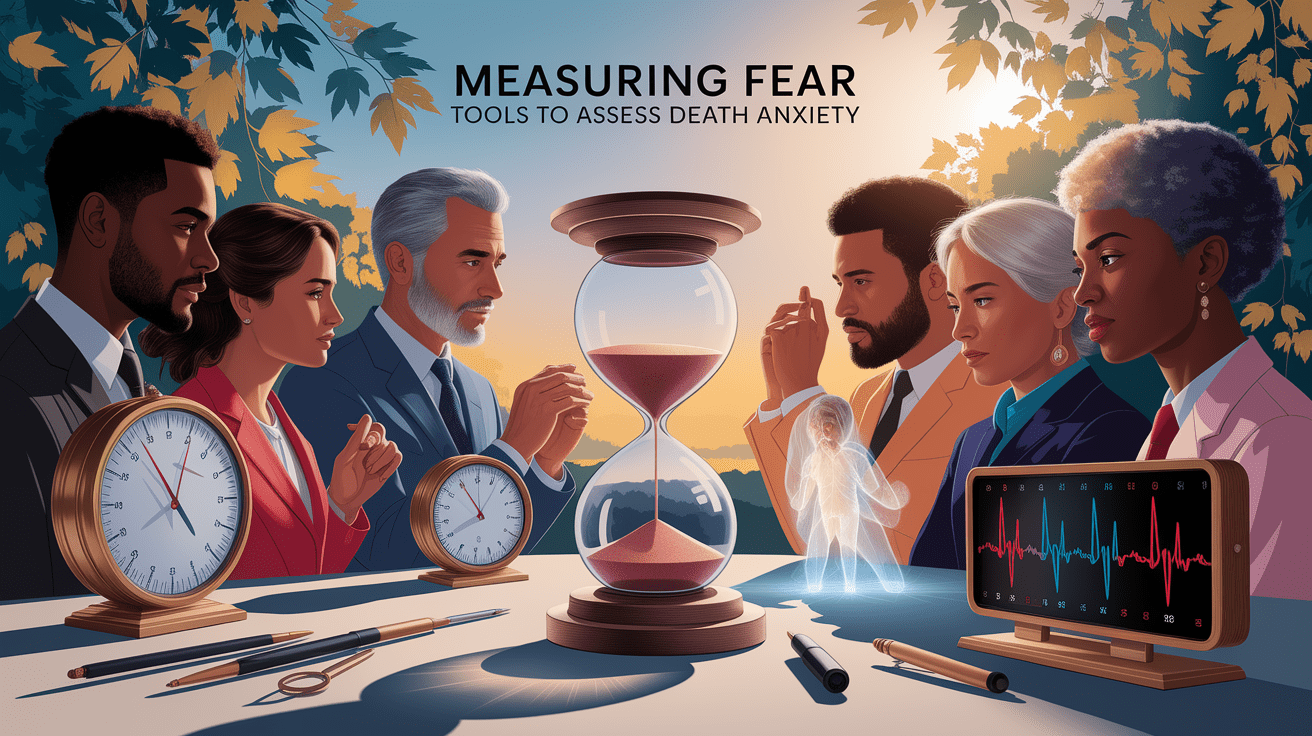
Other assessment tools focus on specific aspects of death-related anxiety, such as fear of dying or anxiety in response to mortality reminders. Standardized measures help guide treatment and track therapeutic progress, making them indispensable in both clinical and research settings.
Shifting Influences: Factors that Amplify or Alleviate Fear
Multiple factors shape the intensity and nature of death anxiety:
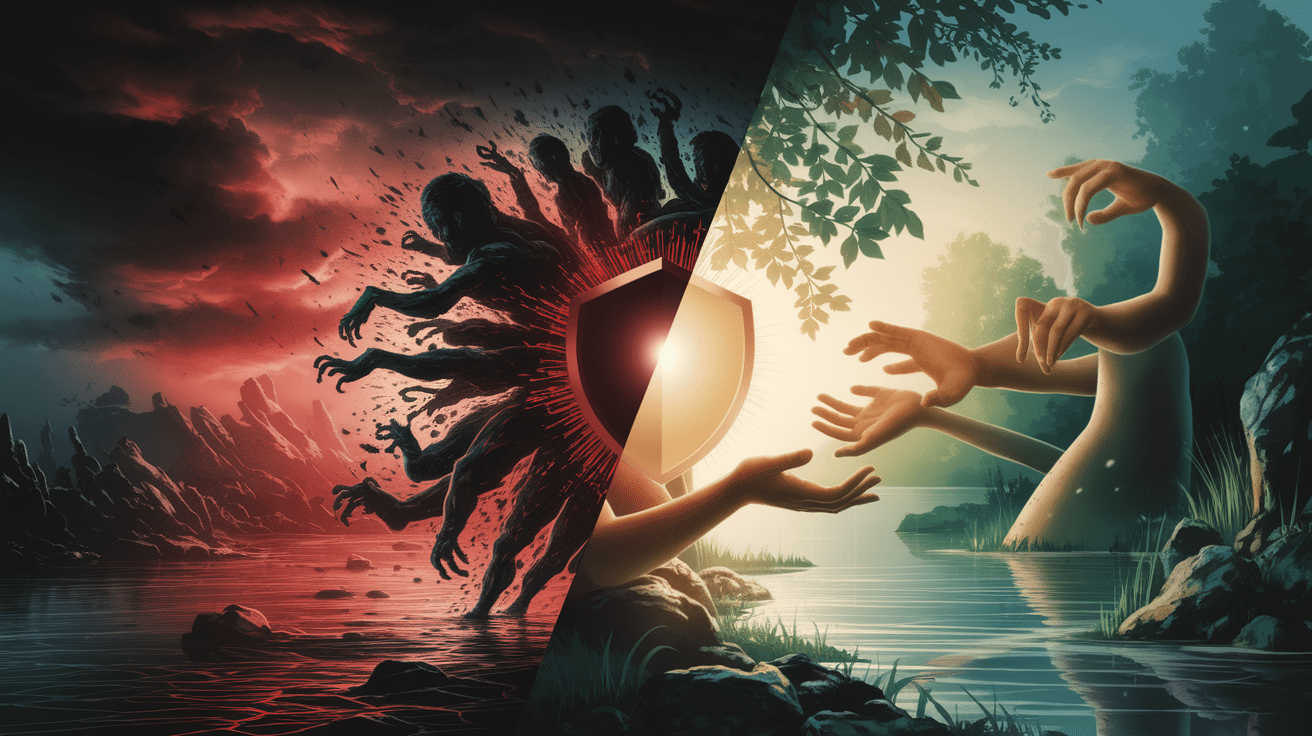
- Age: Death anxiety may peak in midlife or later years due to increased mortality awareness and health decline.
- Gender: Studies, including cross-cultural analyses, often find women report higher levels of death anxiety than men.
- Cultural background: Cultural beliefs and rituals surrounding death can either buffer or heighten fear.
- Health status: Physical illnesses or mental health disorders, particularly mood and anxiety disorders, are associated with elevated death-related anxiety.
- Life experiences: Exposure to trauma, bereavement, or life-threatening events can temporarily intensify mortality salience.
These factors interact dynamically, meaning that death anxiety is rarely static and may shift across an individual’s life course depending on personal circumstances and psychological resources.
Calm in the Storm: Psychological Strategies for Coping
Therapeutic approaches for death anxiety range from structured interventions to broader existential counseling. One widely recognized method is cognitive behavioral therapy (CBT), which addresses maladaptive thought patterns and avoidance behaviors. CBT helps individuals identify cognitive distortions regarding death, challenge catastrophic thinking, and gradually confront mortality fears through exposure therapy.
Other strategies include:
- Existential therapy: Encourages exploration of life meaning, values, and death acceptance.
- Mindfulness meditation: Enhances present-moment awareness, reducing rumination on death-related fears.
- Death education: Provides factual information and discussion about death, helping normalize the topic.
- Psychoanalysis: Explores unconscious death phobia and unresolved grief.
Integrating psychometric assessments with therapeutic approaches ensures individualized care, improving both psychological well-being and capacity for coping with mortality awareness.
Embracing Mortality, Enriching Existence
While death anxiety is a natural part of human psychology, it need not remain a source of persistent distress. Through meaning-making, self-reflection, and evidence-based therapy, individuals can transform existential dread into a deeper appreciation for life. Understanding the psychological mechanisms of death anxiety—and the tools to measure and address it—can lead to greater resilience, acceptance, and a more fulfilling existence in the face of life’s ultimate certainty.
